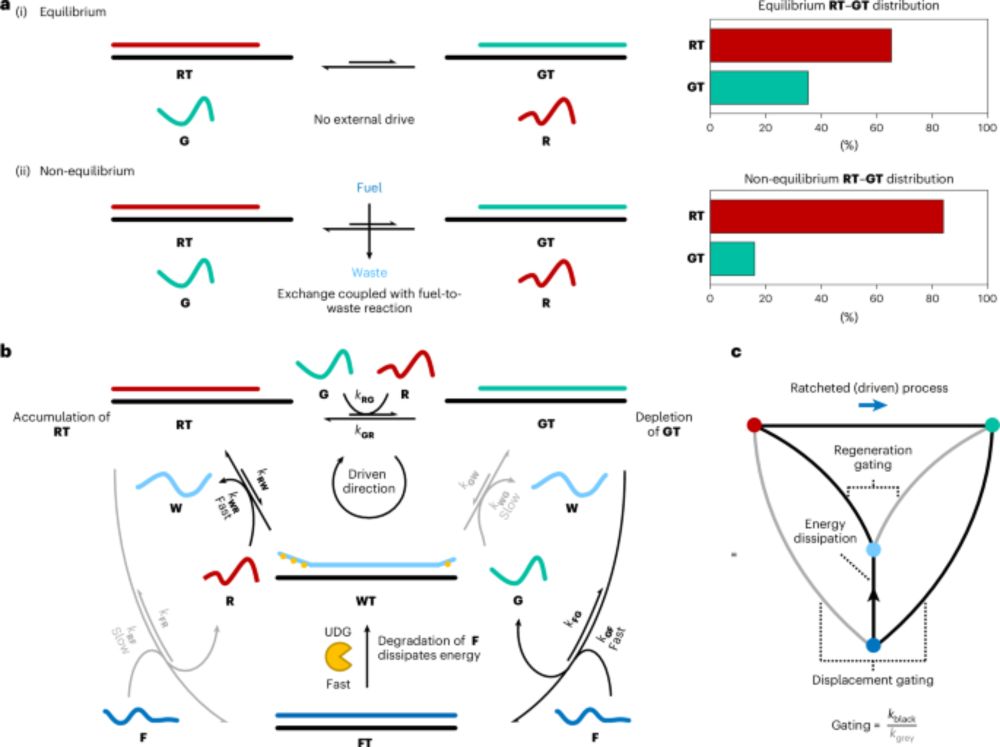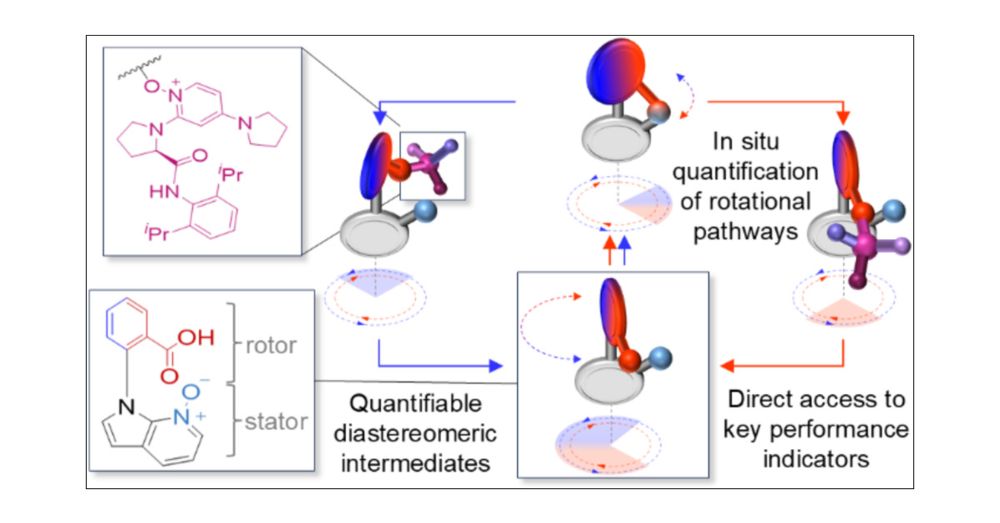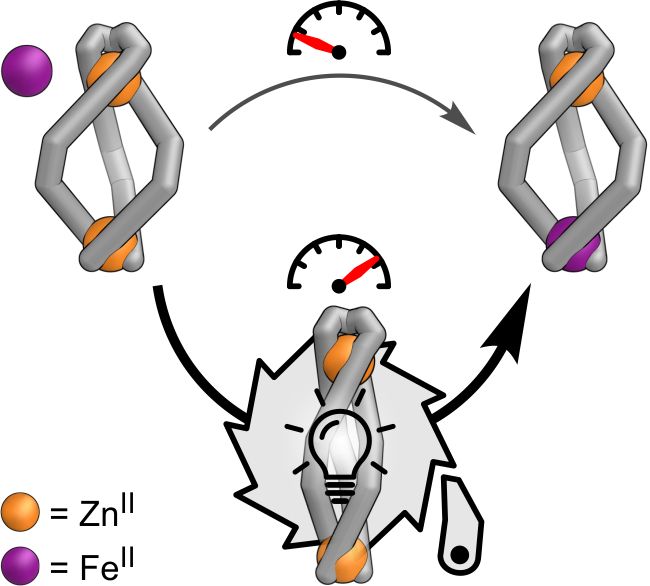
chemistry-europe.onlinelibrary.wiley.com/doi/10.1002/...

chemistry-europe.onlinelibrary.wiley.com/doi/10.1002/...
www.nature.com/articles/s41...

www.nature.com/articles/s41...
pubs.acs.org/doi/10.1021/...
@profdaveleigh.bsky.social @stefanborsley.bsky.social

pubs.acs.org/doi/10.1021/...
@profdaveleigh.bsky.social @stefanborsley.bsky.social
According to this study, air conditioning has cut heat deaths in the U.S. by around 80% since 1960.
papers.ssrn.com/sol3/papers....
According to this study, air conditioning has cut heat deaths in the U.S. by around 80% since 1960.
papers.ssrn.com/sol3/papers....
👀 doi.org/10.1002/anie...
#ProudPI
#SupramolecularChemistry
#ChemSky
#WomenInSTEM

👀 doi.org/10.1002/anie...
#ProudPI
#SupramolecularChemistry
#ChemSky
#WomenInSTEM
📄 Full position ad:
bit.ly/4jAIrmg
📅 Application deadline: May 31, 2025
#Postdoc #ChemistryJobs #SystemsChemistry #AcademicJobs #Freiburg #livMatS
📄 Full position ad:
bit.ly/4jAIrmg
📅 Application deadline: May 31, 2025
#Postdoc #ChemistryJobs #SystemsChemistry #AcademicJobs #Freiburg #livMatS

Why? Because a “random search” of his cell phone revealed a negative personal opinion on Trump and the Trump administration. www.lemonde.fr/internationa...

Why? Because a “random search” of his cell phone revealed a negative personal opinion on Trump and the Trump administration. www.lemonde.fr/internationa...
By me
Thinking about a revolution
Some things are changing rather fundamentally and the way we think should perhaps change too
Includes Monty Python, Yeats, and C.S.Lewis
Substack: emptycity.substack.com/p/thinking-a...
Personal blog: davidallengreen.com/2025/03/thin...

By me
Thinking about a revolution
Some things are changing rather fundamentally and the way we think should perhaps change too
Includes Monty Python, Yeats, and C.S.Lewis
Substack: emptycity.substack.com/p/thinking-a...
Personal blog: davidallengreen.com/2025/03/thin...
🔗 More information on the position can be found here: careers.tudelft.nl/job/Delft-Ph...
⏰ Deadline: 11 March 2025.

🔗 More information on the position can be found here: careers.tudelft.nl/job/Delft-Ph...
⏰ Deadline: 11 March 2025.
🔗 More information on the position can be found here: careers.tudelft.nl/job/Delft-Ph...
⏰ Deadline: 11 March 2025.

@pubs.acs.org
Huakui, Axel, @stefanborsley.bsky.social @benjaminoacid.bsky.social & Alex
pubs.acs.org/doi/10.1021/...

@pubs.acs.org
Huakui, Axel, @stefanborsley.bsky.social @benjaminoacid.bsky.social & Alex
pubs.acs.org/doi/10.1021/...
www.bmwrlab.com/work-with-us
www.bmwrlab.com/work-with-us
www.chemistryworld.com/opinion/scie...

www.chemistryworld.com/opinion/scie...
Thanks all!
Thanks all!
https://go.nature.com/4gSOxxC

https://go.nature.com/4gSOxxC
www.chemistryworld.com/opinion/ther...

www.chemistryworld.com/opinion/ther...



